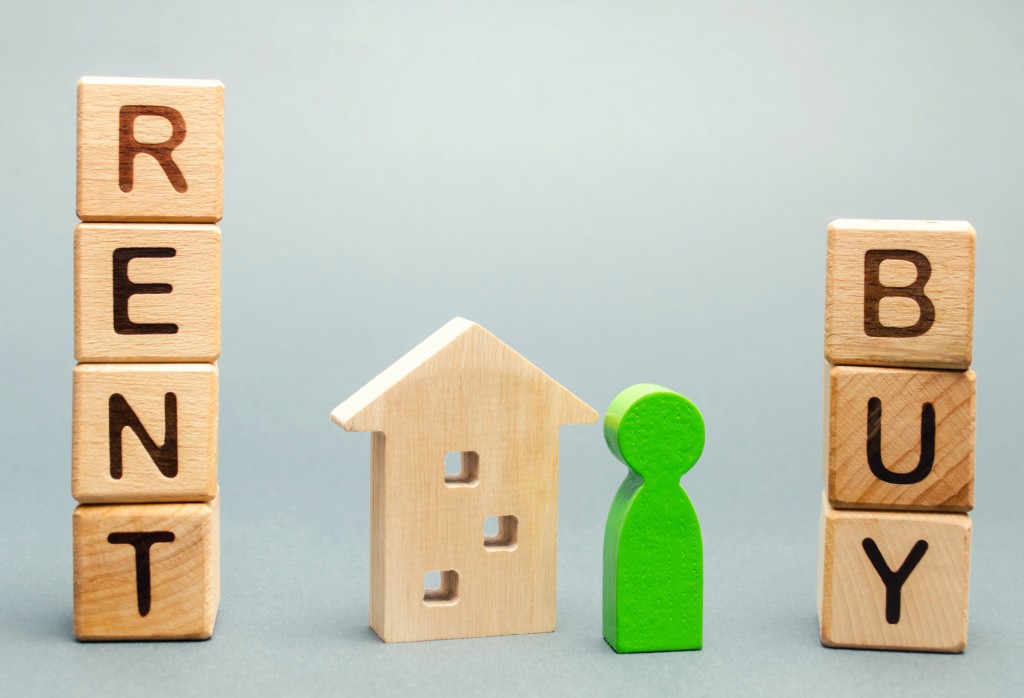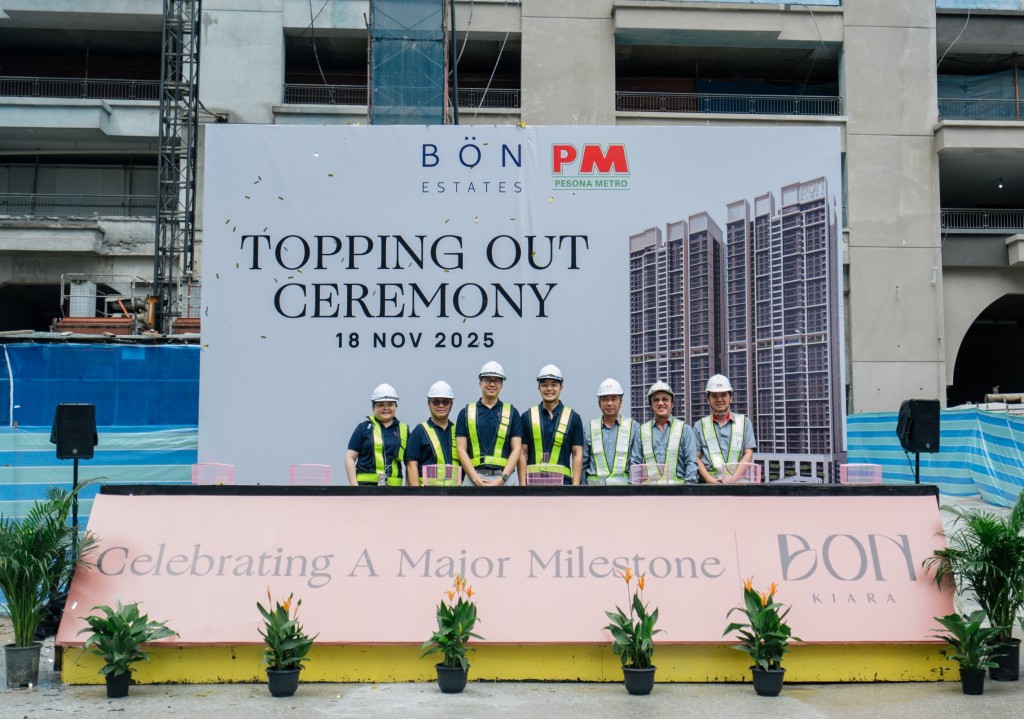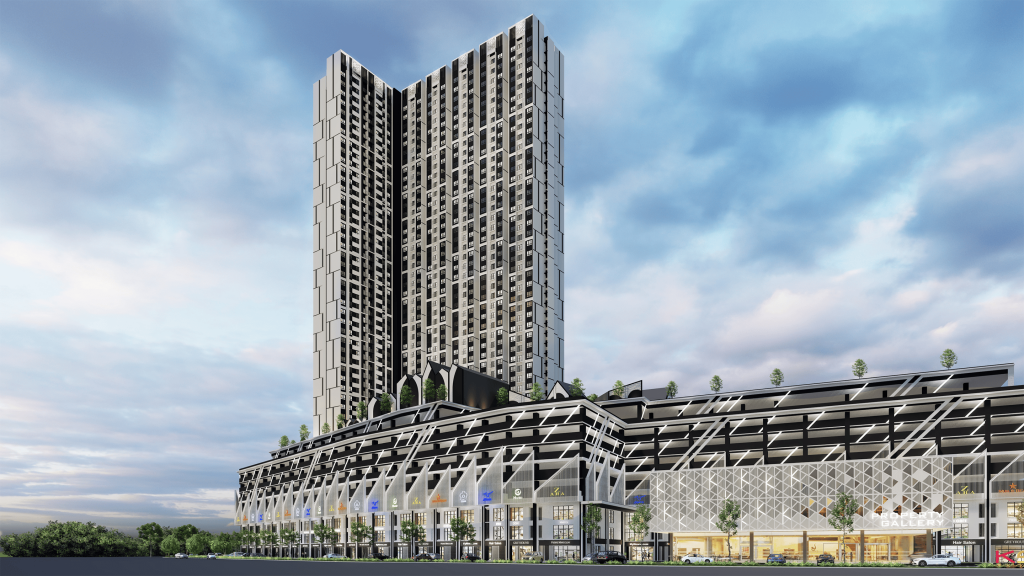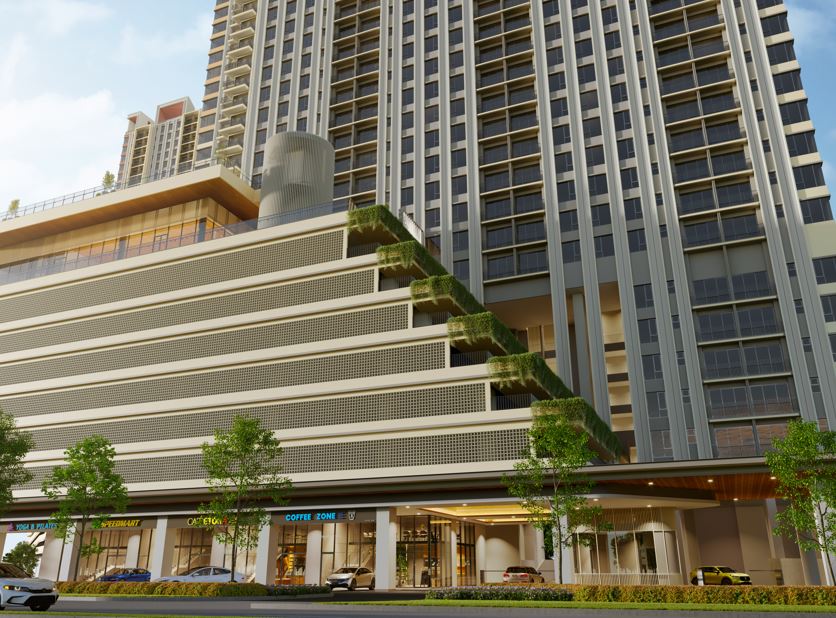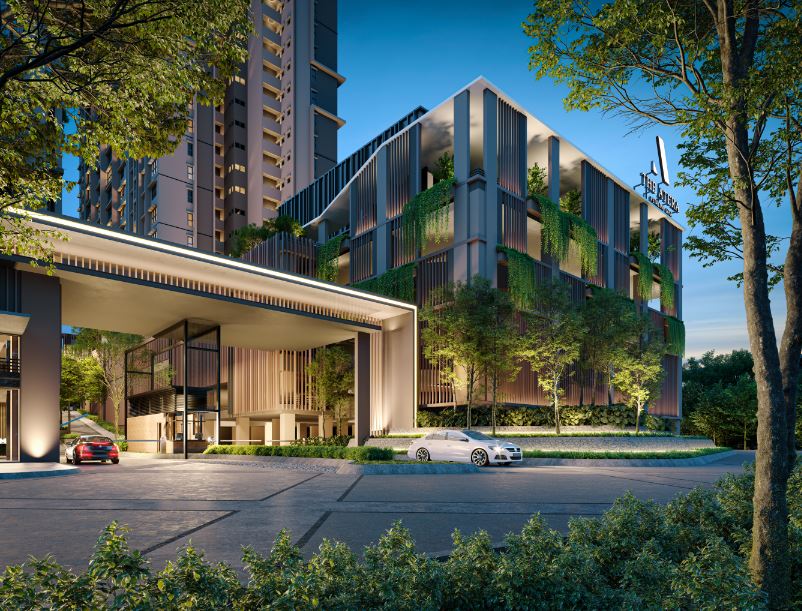Rising costs reshaping Malaysia’s housing tenure
By Joseph Wong
The conversation surrounding Malaysia’s property sector has fundamentally changed. No longer solely focused on sales volume or capital growth, the industry’s attention is now firmly fixed on an issue of national significance, that is, the shifting balance between home buyers and renters.
An interesting observation resulting from the recent StarProperty Budget 2026 Roundtable confirms what many experts have suspected. The unrelenting pressure from rising material, land and compliance costs is now directly and materially impacting the nation’s home buyer-renter ratio.
This phenomenon signals a significant, structural test for Malaysia’s long-cherished aspiration of high homeownership. The data indicates that more Malaysians are being priced out of the purchase market, involuntarily pushing them into an increasingly expensive rental environment. The challenge for policymakers today is to introduce measures that address this cost crisis at its source, rather than just treating the symptoms of strained affordability.
The plateau of homeownership
For decades, Malaysia maintained a proud tradition of high homeownership. During the 1980s and 1990s, the national homeownership rate consistently remained above 80%, establishing owner-occupation as the predominant form of housing tenure. This stability was a hallmark of the country’s strong economic growth and robust national housing policies.
However, the new millennium introduced persistent pressure points. Throughout the 2000s, the rate fell, hovering between 70% and 75%, with the 2010 Census recording a 72.5% ownership rate of both formal and informal housing. While the nation saw a recovery later in the decade, peaking at 76.9% in 2019 according to the Household Income and Basic Amenities Survey, this upward momentum appears to have stalled. The most recent data, from the 2022 census, showed a marginal but significant reduction, with the rate dropping slightly to 76.5%.
While 76.5% still represents a high rate globally, the recent stagnation and minor decline are ringing alarms within the industry. This subtle shift suggests that the mechanisms that once supported mass homeownership—stable prices, accessible financing, and robust wage growth—are struggling to keep pace with the accelerating costs of housing production. The marginal decline is less a failure of desire and more an indicator of an affordability ceiling being reached by a growing number of B40 and M40 households.
The cost-push crisis
The core takeaway from the Budget 2026 Roundtable discussions was the unified consensus on the cause of this homeownership plateau, being the structural cost-push crisis. Every single property price is fundamentally dictated by three non-negotiable elements, namely construction costs, land costs and compliance costs.
Global supply chain disruptions over the past few years have led to substantial volatility in key raw materials, including steel and cement. These costs are often magnified in Malaysia by logistics and import dependency, making construction more expensive and development timelines less predictable.
As urbanisation continues to concentrate populations in major centres like the Klang Valley, Penang, and Johor Bahru, accessible, well-located land is becoming increasingly scarce and prohibitively expensive. This forces developers to choose between building in remote, less desirable areas or passing on high land costs to the buyer.
Developers are required to fulfil numerous regulatory and infrastructure requirements, which, while ensuring orderly and sustainable development, add substantial fixed costs that must ultimately be borne by the end purchaser.
When these three cost factors increase simultaneously, the basic entry price of a new home is pushed beyond the financial capacity of the median household. Consequently, potential first-time buyers who are unable to meet the higher down payments or secure adequate financing are left with only one choice - to remain, or enter, the rental market.
Stay ahead of the crowd and enjoy fresh insights on real estate, property development and lifestyle trends when you subscribe to our newsletter and follow us on social media.

